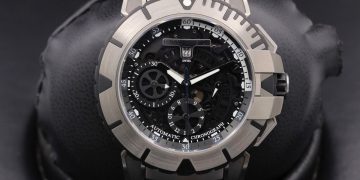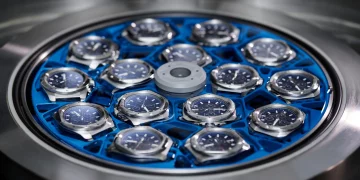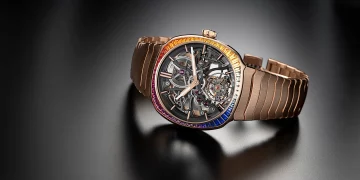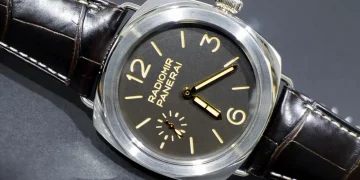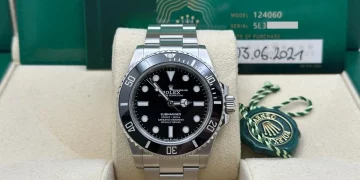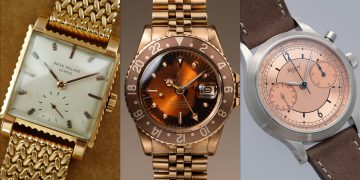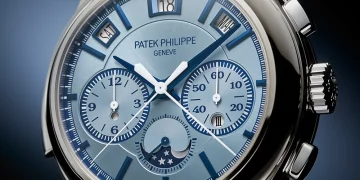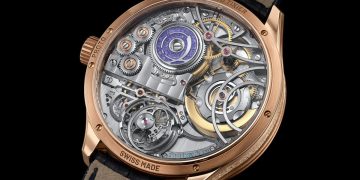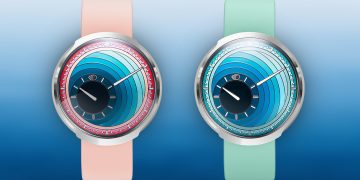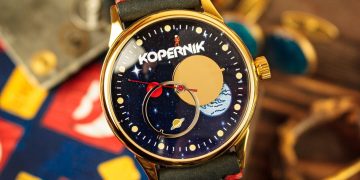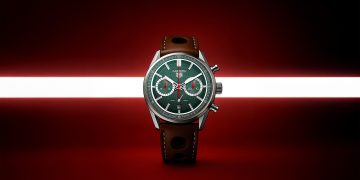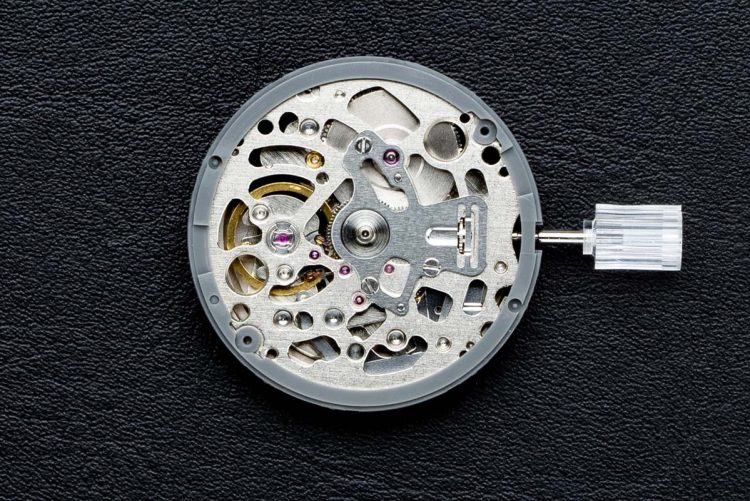Watches are fascinating devices, finely crafted to keep time with remarkable accuracy. But despite all the precision engineering, watches can sometimes stop working at one of the most inconvenient times—at midnight. If you’ve ever experienced a situation where your watch stops dead at this time, you’re not alone. This phenomenon is often linked to the date-change mechanism in mechanical and automatic watches. What is it about midnight that triggers the strange failure of your watch, and what can you do to prevent it?
In this article, we will explore the mysterious reason behind why your watch might stop at midnight, delve into the mechanics of the date-change function, and provide practical tips to avoid this common yet little-discussed issue.
Understanding the Date-Change Mechanism
Before we dive into the reasons behind this midnight failure, it’s important to understand how the date-change function works in a mechanical or automatic watch. Most modern watches are equipped with a date complication, allowing the watch to display the current date alongside the time. In mechanical watches, this function is driven by a complex system of gears and springs, designed to increment the date display at midnight.
The Key Components of the Date-Change Mechanism
- Date Wheel: The date wheel is a circular disc with numbers (1-31) printed on it. This wheel is connected to the movement’s gear train and advances by one digit every 24 hours.
- Driving Mechanism: The movement of the watch gears drives the date wheel, advancing it at midnight, which causes the date to change from, for example, the 31st to the 1st. The exact mechanism that shifts the date is dependent on the type of movement, but in most mechanical and automatic watches, a cam or spring-loaded lever engages at a set time to increment the date.
- Driving Pin: Some watches use a pin or lever that, when activated, moves the date wheel forward at midnight. This is typically linked to the hour hand’s 12-o’clock position, and the lever moves to change the date at exactly the moment the hour hand reaches midnight.
- Clutch or Jump Mechanism: The clutch or jump mechanism is responsible for the quick, sudden movement of the date wheel. This mechanism engages the date-change system at the precise moment the hour hand passes 12, which causes the date to jump forward instantly.
The Midnight Fail: What Causes the Watch to Stop?
Now that we understand how the date-change mechanism works, let’s explore why the watch might stop at midnight. The key to this issue lies in the delicate balance of gears and springs involved in the date-change process. At midnight, the watch’s movement is trying to advance the date wheel to the next day, but a mechanical failure or misalignment can cause the watch to stop ticking. Here are some of the primary causes behind this phenomenon.
1. The “Date Change Zone” Conundrum
Many mechanical watches experience issues when the time is adjusted between 8:00 PM and 4:00 AM. This period is often referred to as the “date-change zone.” During these hours, the date-change mechanism is engaged and can become stuck or damaged if you attempt to adjust the time or the date.
If you manually adjust the time during this critical window, the date-change mechanism may try to move the date wheel but get obstructed. The gears that control the date-change system can become misaligned or jammed, preventing the mechanism from engaging properly. In some cases, the watch might stop running entirely, as the movement’s energy is blocked from reaching the balance wheel.
2. Mechanical Overload: The Midnight Leap
At midnight, the date-change mechanism needs to perform a quick, precise jump to move the date wheel to the next day. If the gears responsible for this jump are worn out, poorly lubricated, or misaligned, they can struggle to make this jump, causing the watch to stop temporarily. The sudden shift from 11:59 to 12:00 can put extra strain on the watch’s movement if the system is not functioning smoothly.
In watches with automatic movements, the rotor that powers the timekeeping system may also play a role in this issue. If the rotor is unbalanced or fails to move freely, the watch might stop around midnight when the jump occurs, due to a mechanical overload or lack of energy transfer.
3. Inadequate Power Reserve
Another factor that may cause your watch to stop at midnight is a lack of power reserve. Many mechanical and automatic watches rely on a power reserve, which stores energy to keep the watch running when not actively worn. If the watch is close to running out of energy, it might be unable to advance the date wheel at midnight.
In the case of automatic watches, if the watch hasn’t been wound enough or hasn’t been worn for an extended period, the movement can lack the necessary energy to operate the date-change mechanism. As a result, the watch may stop around midnight, even if the time is still running smoothly.
4. Faulty Date-Change Components
The most likely reason for a watch to stop at midnight is a mechanical issue with the components responsible for the date-change function. Over time, the gears and springs that control the date wheel may wear down or become misaligned, causing the system to malfunction. This could result in the date wheel being stuck, preventing the watch from running properly and causing it to stop.
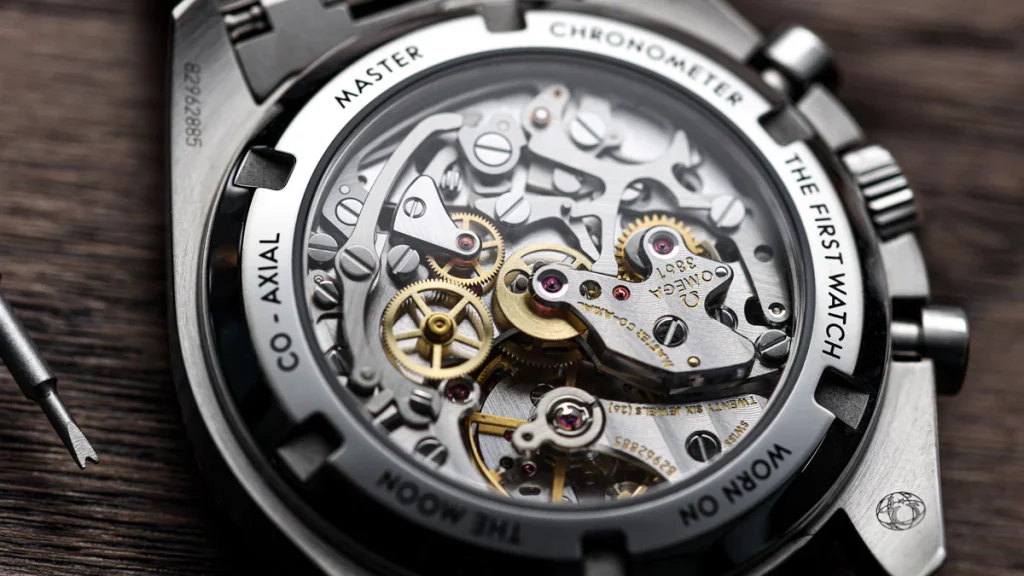
The Role of Watch Servicing in Preventing Date-Change Failures
Watch servicing plays a crucial role in maintaining the performance of the date-change mechanism. Over time, the lubrication on the gears and springs responsible for the date-change system can degrade, causing increased friction and wear. A watchmaker will inspect the components of the movement, clean the parts, and re-lubricate them to ensure smooth operation.
Regular servicing is also essential for detecting potential issues before they become major problems. If your watch has been stopping at midnight or experiencing any other issues with the date-change mechanism, it’s a good idea to take it to a professional watchmaker for a thorough inspection.
Tips to Prevent Your Watch From Stopping at Midnight
While mechanical failures are often out of your control, there are several things you can do to minimize the chances of your watch stopping at midnight and avoid causing damage to the date-change mechanism.
1. Avoid Adjusting the Time Between 8:00 PM and 4:00 AM
If you need to adjust the time on your watch, make sure to do so outside of the date-change zone. Adjusting the time within this window can put unnecessary strain on the date-change mechanism and cause it to malfunction. If you accidentally adjust the time during this period, try moving the hands forward to a time outside of the date-change zone, then adjust the time and date accordingly.
2. Ensure the Watch Has Adequate Power Reserve
To prevent your watch from stopping due to a lack of energy, make sure to wind it regularly if it’s a manual movement. For automatic watches, ensure that you wear the watch regularly to keep the rotor moving and maintaining its power reserve. If you’re not wearing the watch often, consider investing in a watch winder to keep the watch fully charged.
3. Servicing Your Watch Regularly
Regular servicing is essential to keep your watch’s movement running smoothly. A qualified watchmaker will check the date-change mechanism, lubricate the gears, and address any signs of wear before they become major problems. A well-maintained watch will be less likely to experience issues with the date-change mechanism, ensuring that it keeps running accurately.
4. Be Gentle When Adjusting the Date
When setting your watch’s date, be sure to handle the crown and pushers gently. Avoid forcing the crown if you feel resistance when adjusting the date, as this can damage the delicate components of the movement. Always pull the crown to the correct position to adjust the time and date.
Conclusion: The Midnight Mystery Solved
While it may seem like a creepy coincidence, the phenomenon of your watch stopping at midnight can be explained by the intricate mechanics of the date-change mechanism. A combination of factors, including the “date-change zone,” mechanical overload, inadequate power reserve, and faulty components, can cause your watch to stop precisely at midnight. By understanding the cause of this issue and following the tips outlined in this article, you can prevent your watch from suffering unnecessary damage and keep it running smoothly for years to come.



